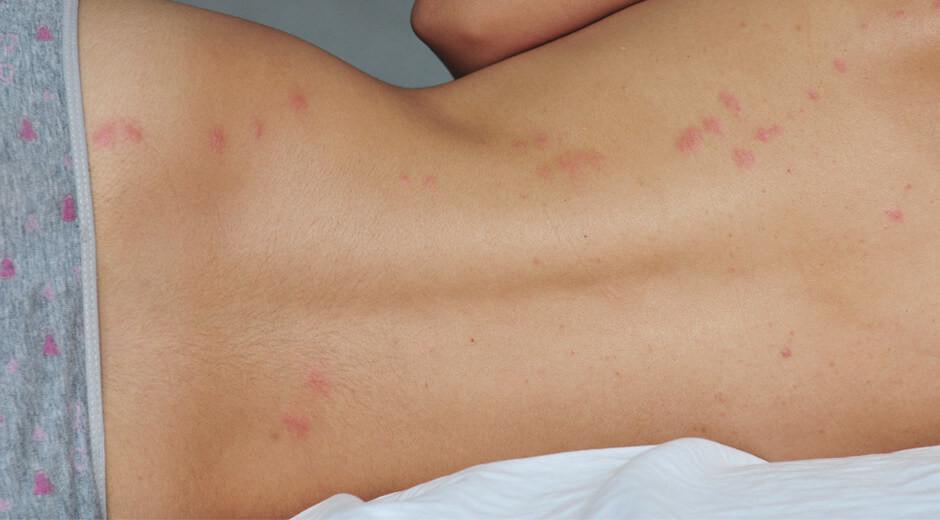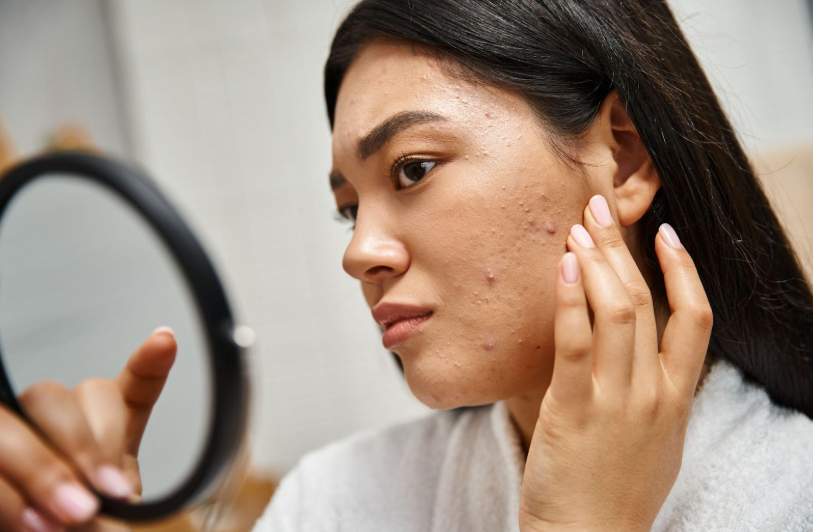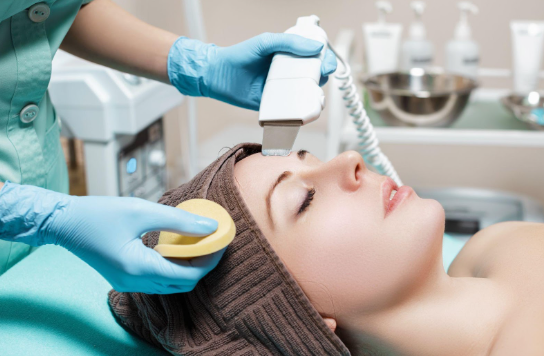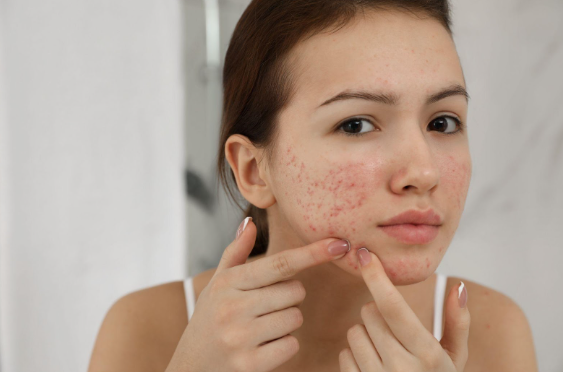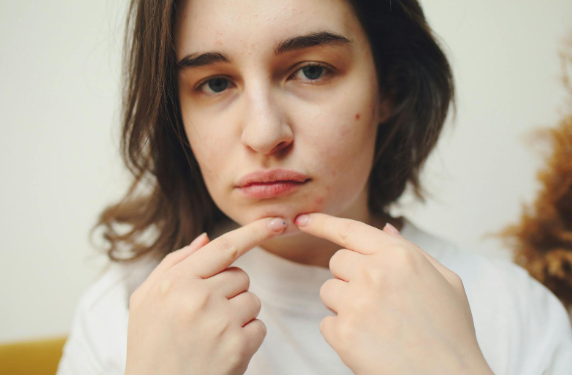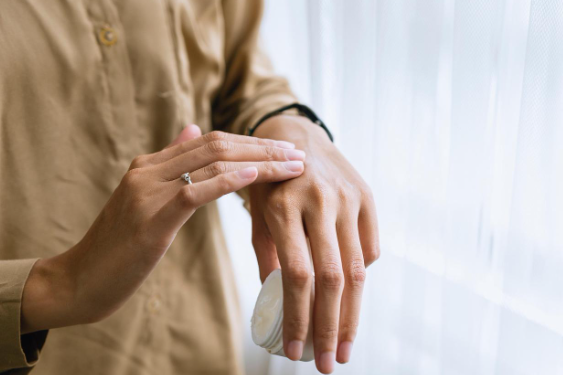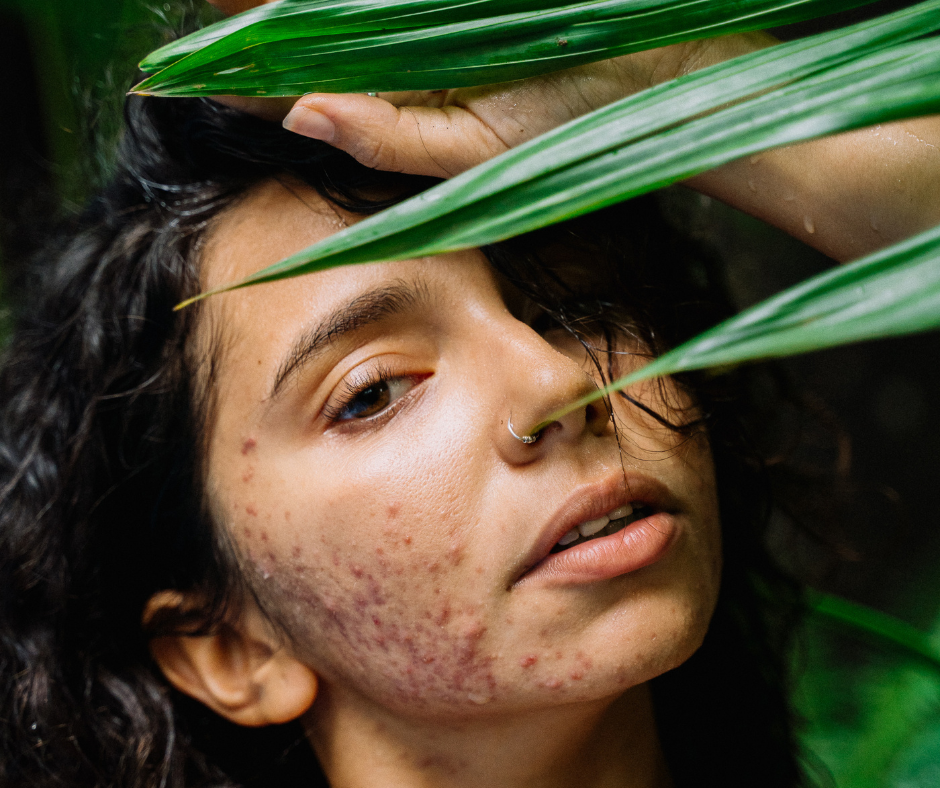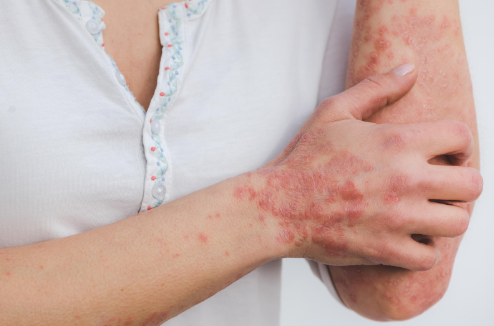Bedbugs are tiny insects that feed on human blood. They hide in dark places close to where humans sleep and usually crawl out to feed while people are fast asleep. They are extremely irritating and relatively common. In 2011 there was a survey conducted that examined the number of people who had come in contact with bed bugs at all during their lives. This survey found that one out of five Americans has had a bed bug infestation in their home or knows someone who has encountered bed bugs at their home, apartment, condo, or hotel. Bed bugs are found in all 50 states. Specifically, the pests were encountered by 17 percent of respondents in the Northeast; 20 percent in the Midwest; 20 percent in the South; and 19 percent in the West. That is a lot more contact than one might initially think. These critters and their bite are often mistaken for other pests such as fleas, but are not as easy to get rid of and they can wreak havoc on any home they infiltrate.
Bedbugs can be a problem in the cleanest of homes. These insects need only human blood to survive, so having an immaculate home will not keep them away. And it’s easy to bring bedbugs home. They can crawl into luggage, clothing, and even furniture, unnoticed. Once inside your home, bedbugs will find a hiding place. Favorite hiding places include a mattress, box spring, headboard, couch, and tiny cracks and crevices. Some bed bugs can even hide in inconspicuous locations such as lamp shades, stuffed animals, chairs, airplanes, buses, wheelchairs, purses, and even picture frames. Having bedbugs can cause a great deal of anxiety and some restless nights. Most people want to get rid of bedbugs as soon as possible, so they buy bug sprays and foggers. Unfortunately, however, these will not get rid of bedbugs. An additional solution attempt is to leave the house until they go away, however, leaving your home for a few weeks will not get rid of bedbugs. Although these insects need human blood to survive, they can live for a year or longer without blood. During this time, they remain in hiding. Getting rid of bedbugs can be difficult. Most people need the help of a pest-control company. Make sure the company has experience eliminating bedbugs. Several treatments may be necessary to get rid of bedbugs completely. You also will need to follow the guidelines that your pest-management professional recommends. If you have many bites or a bite looks infected, you should see a dermatologist. A dermatologist can treat an infection and help relieve the itch.
How can you be sure that the bites on your skin are bed bugs?
The most common indicator that there are bed bugs in your home is that of bite marks. Most people are bitten while they sleep and do not know that they have been bitten until the next day when they notice one or more bite marks that are very itchy. But an itchy bite is a common characteristic of many bug bites. Some bitemark characteristics that are unique to bed bugs are:
- Bites, or welts, that appear as a zig-zagging line.
- Welts that itch intensely.
- Specks of blood on the bite welts.
The first time you are bitten, the bites may not itch right away. It can take time for your body to develop a reaction to the bites. Some people develop itchy welts within a few days of the first bites, but it can take as long as 14 days before the bites itch. The caveat is that individuals will become increasingly sensitive to the bed bug bites over time, meaning that if the infestation lasts a while you may develop welts within seconds of the bites. You’ll seldom see bedbugs, so many people mistakenly believe that mosquitos, fleas, or spiders bit them. Sometimes people mistake bedbug bites for a common skin condition such as an itchy rash, hives, or chickenpox. Bed bugs are ninja-like pests. You will not see bedbugs living on your body. Unlike lice and the mites that cause scabies, bedbugs do not live on humans. Bedbugs come out of hiding to feed on human blood. Feeding lasts about 4 to 12 minutes. After a bedbug feeds, it returns to its hiding place. In extreme circumstances, some people may develop very serious reactions to the bed bug bites that include:
- Difficulty breathing
- Forceful or irregular heartbeat
- Tongue begins to swell
- Blisters around the bites, can become quite large
- Fever
- Feeling very sick
- Infection from scratching
- Anemia (while rare, someone who has extreme reactions and has also sustained prolonged periods of biting can experience this).
Immediate care should be sought for these serious reactions.
What can be done to get rid of these infuriating pests?
A dermatologist is a great option for helping treat bed bug bites. You should seek the care of a dermatology provider if:
- Many bites.
- Blisters.
- Skin infection (bites feel tender or ooze discharge such as pus).
- An allergic skin reaction (skin red and swollen or hives).
Individuals that develop an allergic reaction to the bed bug bites may require an injection of some sort to help contain the reaction (i.e antihistamine, epinephrine, corticosteroid, etc.) Some individuals may develop an infection around the bitten sites. This may require an antibiotic for the area. If the infection is mild, your dermatologist may recommend an antiseptic medication that you can buy without a prescription. Your dermatologist will tell you which one to use. Your dermatologist also may recommend an antiseptic to prevent a skin infection. If you do not have an allergic reaction or an infection in the bitten areas, you may be able to treat the bites at home on your own. However, if these fail to provide relief, make sure that you seek out advice from one of our board-certified providers. Once the infestation is controlled and your home is cleared of the bed bugs, you will start to see the bite marks disappear within a week or two.
How to Prevent Bed Bug Infestation While Traveling?
What to do:
- When you walk into the room or cabin, take a deep breath. Do you notice a sweet or musty odor? If there is a heavy infestation, you may notice this smell. Bedbugs produce chemicals to help them communicate.
- Next, check the bed. Look carefully at the blankets, sheets, pillows, and mattress pad. Then, check the mattress and box spring. Do you see:
- Blackish specks on the bed, mattress, or headboard? Blackish specks could be bedbug excrement.
- Are there specks of blood anywhere, especially near the seams?
- Do you see shell-like remains on the bed, bedding, or furniture? Bedbugs have an outer shell that they shed and leave behind as they grow.
- You'll also want to check all upholstered furniture. While checking, you may see bedbugs or their eggs. A bedbug is about the size of an apple seed.
- If you find signs of bedbugs, you should immediately request another room or cabin. The other room should not be near the current room.
These tips are important to keep in mind while travelling because a majority of people who end up having an infestation at home often picked up the bed bugs while travelling as the bugs can crawl into the luggage. In the event you do have an infestation at home and you cannot achieve relief from the bites, please do not hesitate to come see myself or one of my colleagues.
